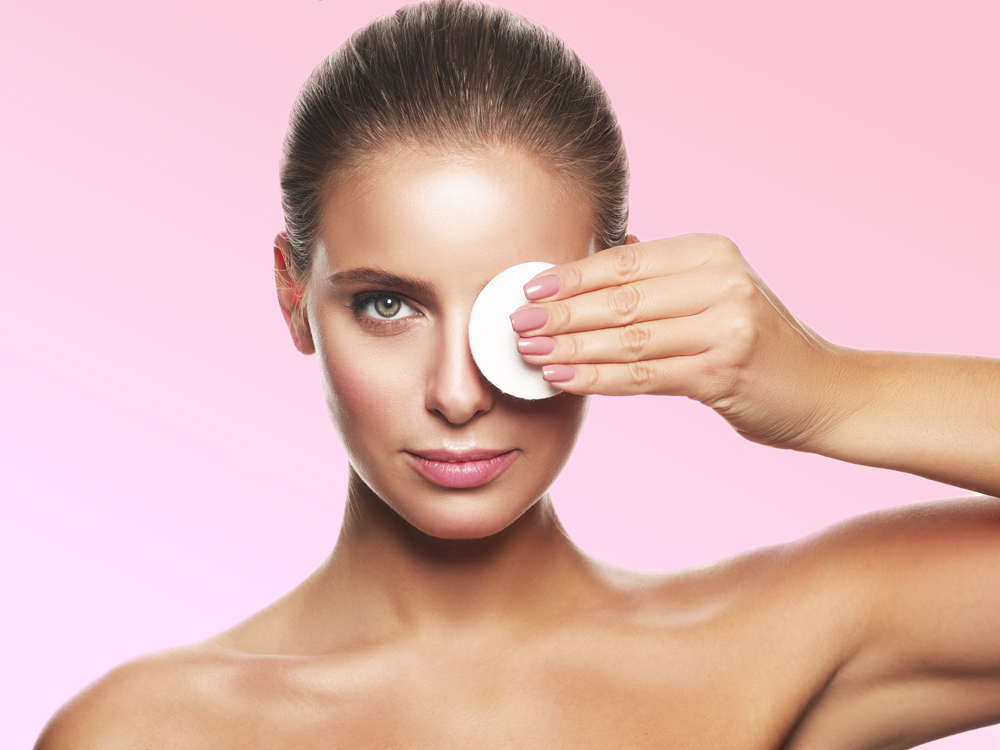
Hyaluronic Acid: Get more beautiful now with this star ingredient
We can’t get enough of hyaluronic acid in our toners, serums, and moisturizers – and for good reason. Not only does hyaluronic acid do wonders for the skin and body, it’s also suitable for all skin types. Here’s everything you need to know about hyaluronic acid – plus recommendations to get started.Written by: Louise Hansen, Frisør - 23rd Juni 2023
We can’t get enough of hyaluronic acid in our toners, serums, and moisturizers – and for good reason. Not only does hyaluronic acid do wonders for the skin and body, it’s also suitable for all skin types. Here’s everything you need to know about hyaluronic acid – plus recommendations to get started.
What is hyaluronic acid?
Hyaluronic acid is not a new invention or something skincare manufacturers have come up with to make us buy more products. To be a bit technical, hyaluronic acid is a high molecular weight carbohydrate (glucosaminoglycan) that already exists naturally in our bodies. It is a building block in the body’s connective tissue (especially skin, joints, and eyes), which binds moisture and transforms it into a gel – roughly speaking. It is this moisture and gel that makes our skin soft and plump and also lubricates our joints. Hyaluronic acid also has anti-bacterial and anti-inflammatory ingredients that help the skin heal, for example, in cases of eczema, wounds, rosacea, and acne.
Don’t be fooled by the name. Although it is an acid, it is not harsh, drying, or stinging. On the contrary, most people would describe their experience with hyaluronic acid products as refreshing, nourishing, and wonderfully moisturizing.
Therefore, hyaluronic acid is a moisture-binding ingredient that can bind 1000 times its own weight in water. As we age, our bodies become less efficient at producing and retaining hyaluronic acid on their own, and we may notice that the skin on our face becomes drier, more prone to lines, and less elastic. That’s why most of us will experience a significant improvement in the appearance of our skin with the use of hyaluronic acid.
briefly stated: Hyaluronic acid helps to moisturize the skin, minimize the appearance of wrinkles, heal eczema, acne, and wounds, minimize redness, and increase skin elasticity.
Get started with hyaluronic acid
Depending on your needs, you can add one or more products with hyaluronic acid to your skincare routine.
Step 1 is toners, which come right after face washing/cleansing both in the morning and evening.
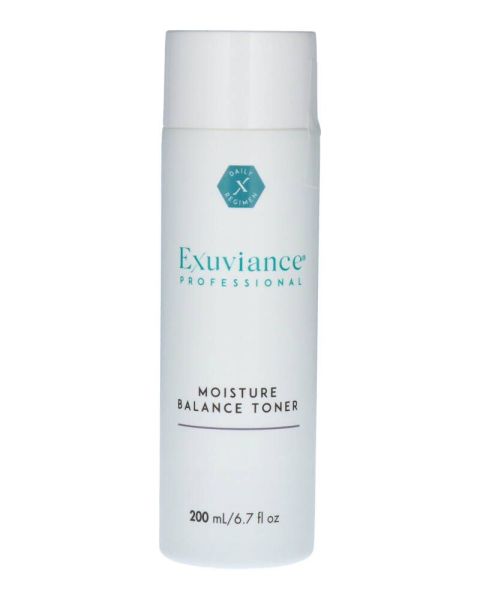
Exuviance Moisture Balance Toner – An effective and luxurious toner that stimulates cell renewal and provides plenty of hydration.
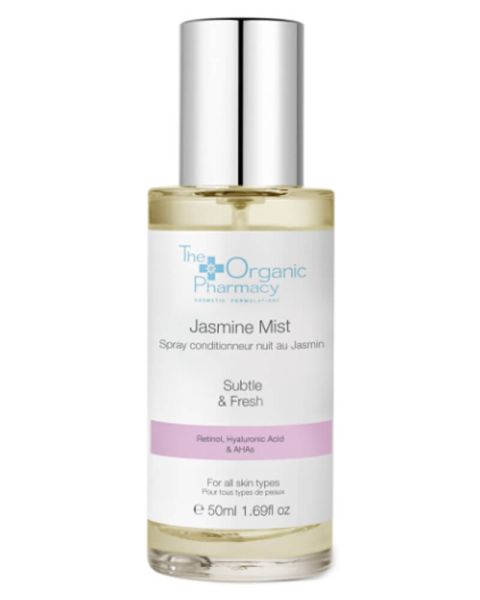
The Organic Pharmacy Jasmine Mist – a rich and regenerative toner that nourishes the skin all night long.
Tip: Hyaluronic acid will typically be listed on the product and ingredient list as hyaluronic acid, hyaluron, or HA. It may also appear as sodium hyaluronate – a substance derived from hyaluronic acid and works in the same way.
Step 2 is serum or oil, and they come in a variety of luxurious variants that suit different skin types and needs.
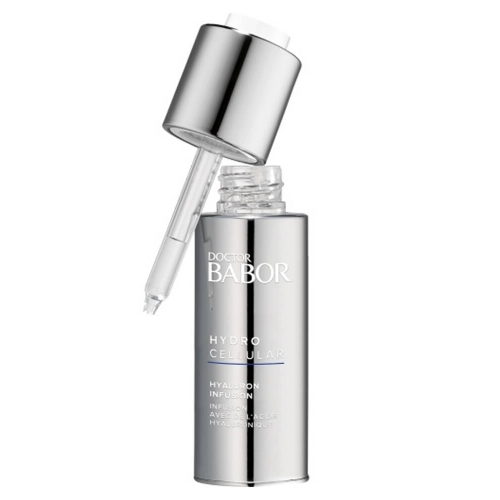
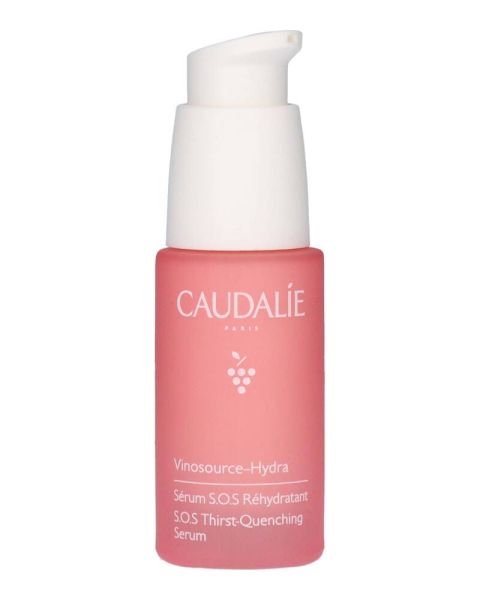
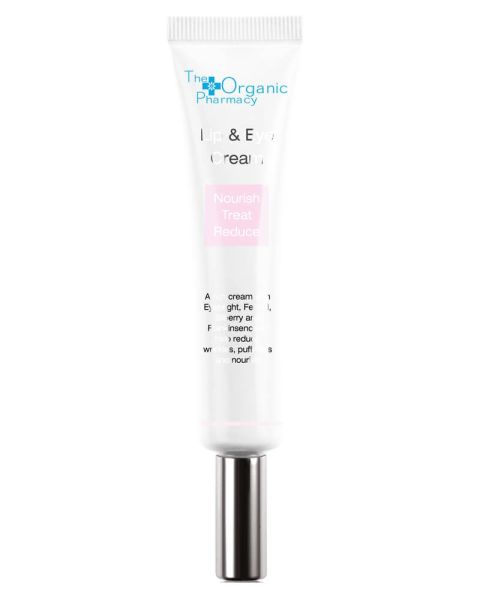
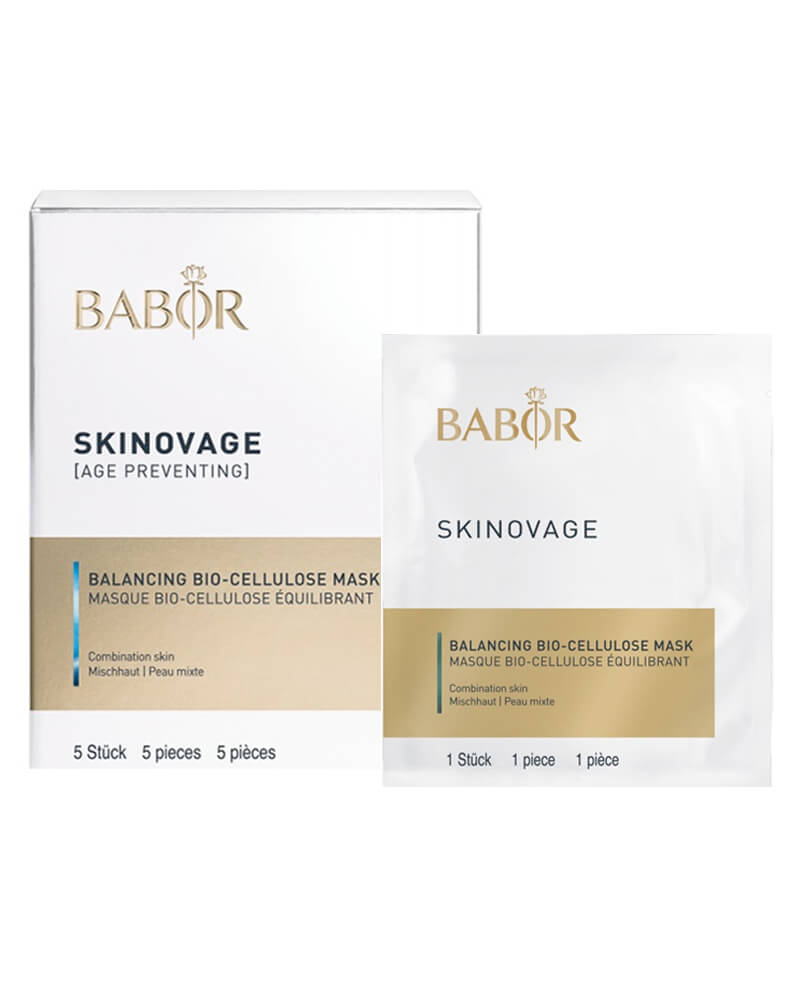
Add moisture to the skin.
Remember that hyaluronic acid is not moisturizing in itself. You need to add moisture to your skin by drinking plenty of water and using a good moisturizer in combination with your hyaluronic acid.
Here are a handful of lovely moisturizers that also contain hyaluronic acid.
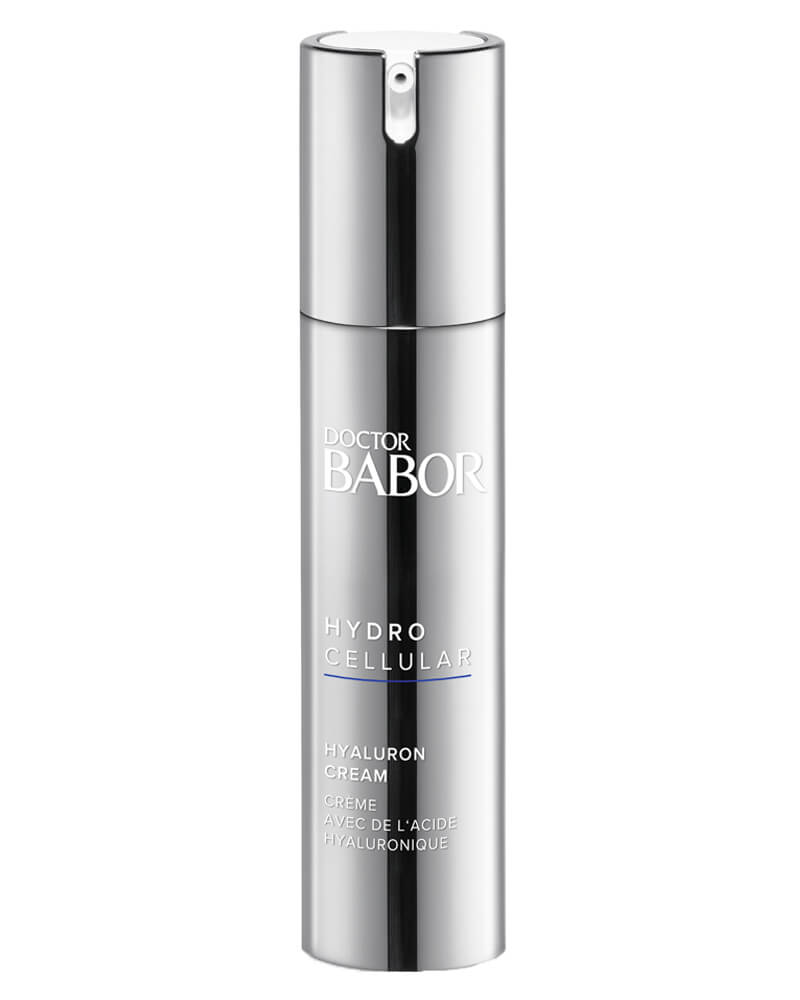
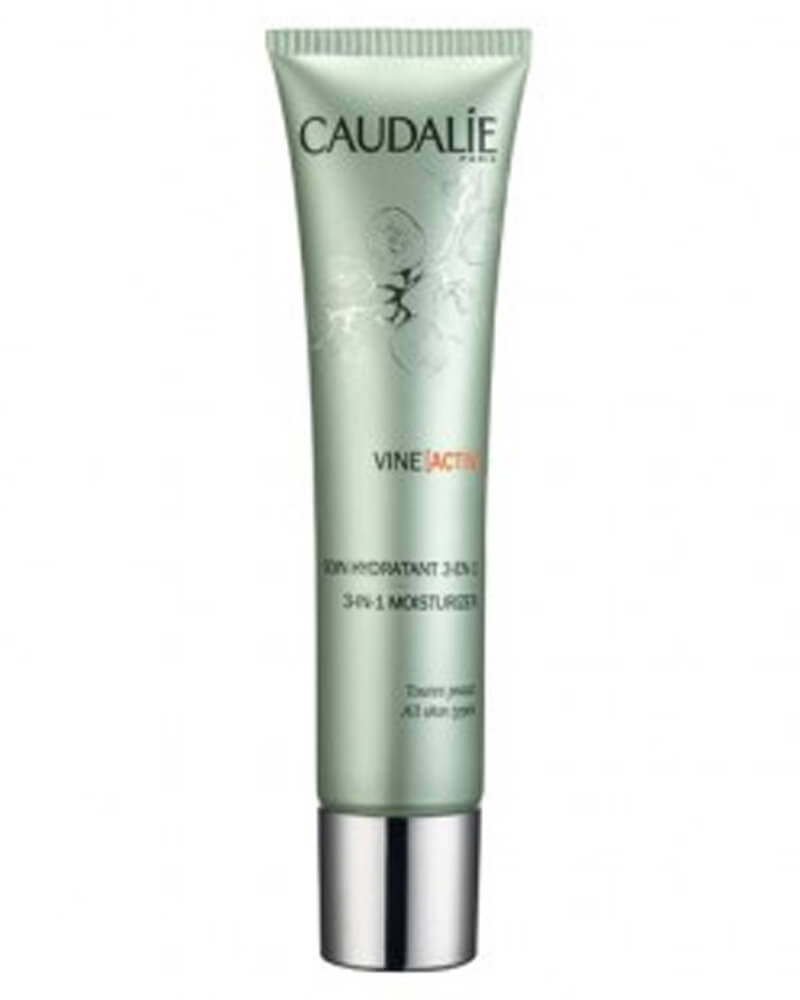
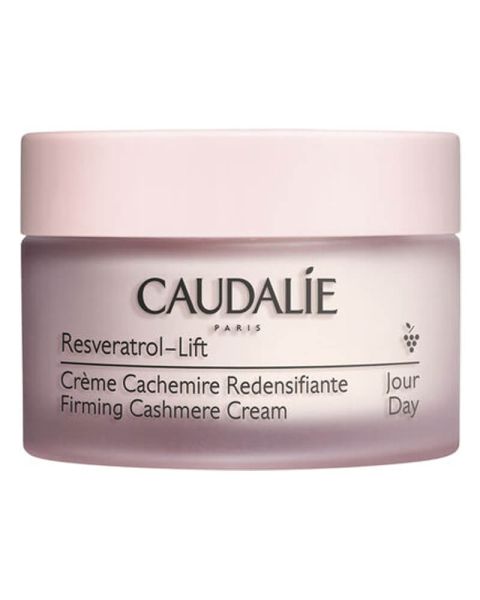
Caudalie Resvératrol Face Lifting Soft Cream – a luxurious cream that lifts, tightens, and moisturizes.
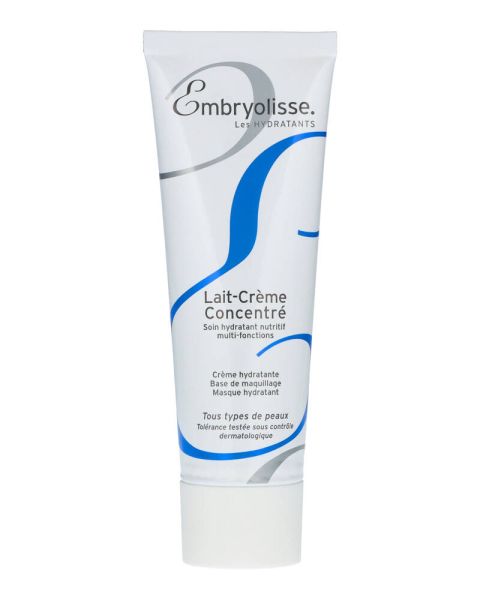
As mentioned, you can choose to introduce either a toner, serum, or moisturizer with hyaluronic acid – or all three of these steps if you feel your skin will benefit greatly from even more softness and hydration.
Thank you for reading and good luck with your skincare!












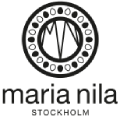










Validate your login
Sign In